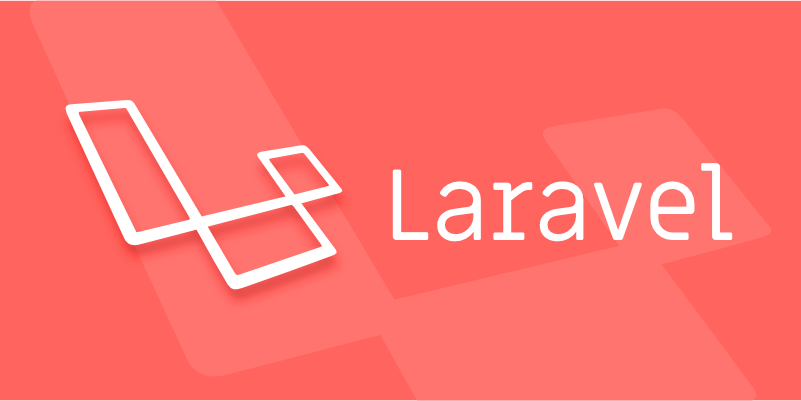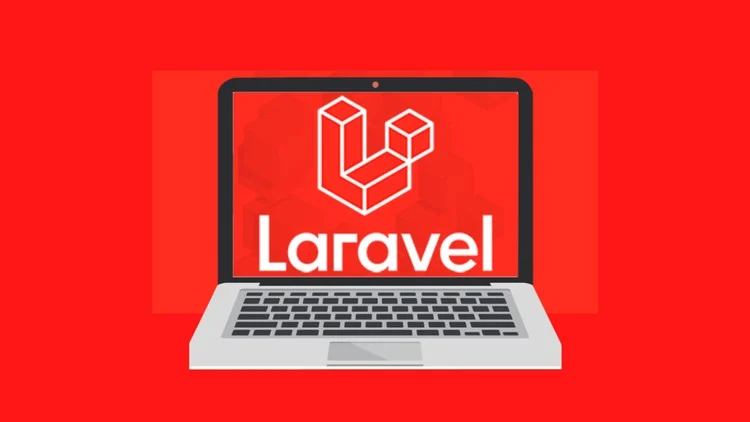Differentiating between Laravel Policies and Gates for authorization
Jul 07, 2025 am 12:46 AMIn Laravel, use Gates for general authorization checks not tied to models and Policies for model-specific logic. Gates are simple closures ideal for global permissions like edit-settings, while Policies organize actions like update or delete around specific models. Use Gates when logic is straightforward and Policies when dealing with model ownership or complex rules. Avoid misusing Gates for model-based checks, overloading Gates with conditions, or failing to register Policies properly. Gates and Policies can coexist, allowing flexibility as app complexity grows.

When it comes to handling authorization in Laravel, two main tools are available: Policies and Gates. While both serve the same purpose—determining whether a user can perform a specific action—their use cases and structures differ. Knowing when to use one over the other helps keep your app organized and maintainable.

Let’s break down what each does best and how they fit into real-world scenarios.

What Are Laravel Gates?
Gates are simple, closure-based checks that determine if a user can perform a specific action. They’re ideal for general authorization logic that doesn’t tie directly to a model.
For example:

Gate::define('edit-settings', function ($user) {
return $user->isAdmin();
});You can then check this gate anywhere using:
if (Gate::allows('edit-settings')) {
// Proceed
}Use gates when:
- You're authorizing actions that aren't tied to a specific model.
- The logic is straightforward and not likely to grow complex.
- You need a quick way to centralize small permission checks.
They’re especially handy for global permissions like “access-admin-panel” or “delete-any-post”.
What Are Laravel Policies?
Policies, on the other hand, are classes tied to specific models. They help organize authorization logic around those models. For example, a PostPolicy might handle actions like view, create, update, and delete for the Post model.
You generate a policy with Artisan:
php artisan make:policy PostPolicy --model=Post
Then define methods inside it:
public function update(User $user, Post $post)
{
return $user->id === $post->author_id;
}Check it in your controller like this:
$this->authorize('update', $post);Use policies when:
- Authorization logic is closely tied to a particular model.
- You expect the logic for a model’s permissions to grow over time.
- You want better organization and separation of concerns in larger apps.
This makes them perfect for things like checking if a user owns a resource before editing it.
When to Choose Gates vs Policies
Here's a quick comparison to guide your decision:
- ? Use gates for generic permissions across your app (like accessing admin features).
- ? Use policies when dealing with model-specific actions (like editing a post or deleting a comment).
Another practical tip:
If you find yourself writing a lot of gates related to a single model, consider switching to a policy. It keeps things cleaner and easier to manage as complexity grows.
Also, gates and policies can coexist. You can mix and match depending on what makes sense for each part of your application.
A Few Common Mistakes to Avoid
It’s easy to misuse gates and policies, especially when starting out. Here are some pitfalls to watch for:
- ? Using gates for everything—even when tied to models. This leads to messy code later.
- ? Overloading a single gate with too many conditions. Keep gates focused.
- ? Not registering policies properly. If a policy isn’t bound to a model in
AuthServiceProvider, Laravel won’t use it. - ? Forgetting to pass the model instance when calling
authorize(). Policies rely on it for context.
One thing that trips people up is thinking that gates and policies are mutually exclusive. In reality, they complement each other well.
So basically, gates are for general checks and policies are for model-based ones. Pick whichever fits your scenario better—and don’t be afraid to switch between them as your needs evolve.
That’s about it.
The above is the detailed content of Differentiating between Laravel Policies and Gates for authorization. For more information, please follow other related articles on the PHP Chinese website!

Hot AI Tools

Undress AI Tool
Undress images for free

Undresser.AI Undress
AI-powered app for creating realistic nude photos

AI Clothes Remover
Online AI tool for removing clothes from photos.

Clothoff.io
AI clothes remover

Video Face Swap
Swap faces in any video effortlessly with our completely free AI face swap tool!

Hot Article

Hot Tools

Notepad++7.3.1
Easy-to-use and free code editor

SublimeText3 Chinese version
Chinese version, very easy to use

Zend Studio 13.0.1
Powerful PHP integrated development environment

Dreamweaver CS6
Visual web development tools

SublimeText3 Mac version
God-level code editing software (SublimeText3)

Hot Topics
 What are policies in Laravel, and how are they used?
Jun 21, 2025 am 12:21 AM
What are policies in Laravel, and how are they used?
Jun 21, 2025 am 12:21 AM
InLaravel,policiesorganizeauthorizationlogicformodelactions.1.Policiesareclasseswithmethodslikeview,create,update,anddeletethatreturntrueorfalsebasedonuserpermissions.2.Toregisterapolicy,mapthemodeltoitspolicyinthe$policiesarrayofAuthServiceProvider.
 How do I install Laravel on my operating system (Windows, macOS, Linux)?
Jun 19, 2025 am 12:31 AM
How do I install Laravel on my operating system (Windows, macOS, Linux)?
Jun 19, 2025 am 12:31 AM
Yes,youcaninstallLaravelonanyoperatingsystembyfollowingthesesteps:1.InstallPHPandrequiredextensionslikembstring,openssl,andxmlusingtoolslikeXAMPPonWindows,HomebrewonmacOS,oraptonLinux;2.InstallComposer,usinganinstalleronWindowsorterminalcommandsonmac
 What are controllers in Laravel, and what is their purpose?
Jun 20, 2025 am 12:31 AM
What are controllers in Laravel, and what is their purpose?
Jun 20, 2025 am 12:31 AM
The main role of the controller in Laravel is to process HTTP requests and return responses to keep the code neat and maintainable. By concentrating the relevant request logic into a class, the controller makes the routing file simpler, such as putting user profile display, editing and deletion operations in different methods of UserController. The creation of a controller can be implemented through the Artisan command phpartisanmake:controllerUserController, while the resource controller is generated using the --resource option, covering methods for standard CRUD operations. Then you need to bind the controller in the route, such as Route::get('/user/{id
 How do I customize the authentication views and logic in Laravel?
Jun 22, 2025 am 01:01 AM
How do I customize the authentication views and logic in Laravel?
Jun 22, 2025 am 01:01 AM
Laravel allows custom authentication views and logic by overriding the default stub and controller. 1. To customize the authentication view, use the command phpartisanvendor:publish-tag=laravel-auth to copy the default Blade template to the resources/views/auth directory and modify it, such as adding the "Terms of Service" check box. 2. To modify the authentication logic, you need to adjust the methods in RegisterController, LoginController and ResetPasswordController, such as updating the validator() method to verify the added field, or rewriting r
 How do I use Laravel's validation system to validate form data?
Jun 22, 2025 pm 04:09 PM
How do I use Laravel's validation system to validate form data?
Jun 22, 2025 pm 04:09 PM
Laravelprovidesrobusttoolsforvalidatingformdata.1.Basicvalidationcanbedoneusingthevalidate()methodincontrollers,ensuringfieldsmeetcriterialikerequired,maxlength,oruniquevalues.2.Forcomplexscenarios,formrequestsencapsulatevalidationlogicintodedicatedc
 How do I escape HTML output in a Blade template using {{{ ... }}}? (Note: rarely used, prefer {{ ... }})
Jun 23, 2025 pm 07:29 PM
How do I escape HTML output in a Blade template using {{{ ... }}}? (Note: rarely used, prefer {{ ... }})
Jun 23, 2025 pm 07:29 PM
InLaravelBladetemplates,use{{{...}}}todisplayrawHTML.Bladeescapescontentwithin{{...}}usinghtmlspecialchars()topreventXSSattacks.However,triplebracesbypassescaping,renderingHTMLas-is.Thisshouldbeusedsparinglyandonlywithfullytrusteddata.Acceptablecases
 Selecting Specific Columns | Performance Optimization
Jun 27, 2025 pm 05:46 PM
Selecting Specific Columns | Performance Optimization
Jun 27, 2025 pm 05:46 PM
Selectingonlyneededcolumnsimprovesperformancebyreducingresourceusage.1.Fetchingallcolumnsincreasesmemory,network,andprocessingoverhead.2.Unnecessarydataretrievalpreventseffectiveindexuse,raisesdiskI/O,andslowsqueryexecution.3.Tooptimize,identifyrequi
 How do I mock dependencies in Laravel tests?
Jun 22, 2025 am 12:42 AM
How do I mock dependencies in Laravel tests?
Jun 22, 2025 am 12:42 AM
TomockdependencieseffectivelyinLaravel,usedependencyinjectionforservices,shouldReceive()forfacades,andMockeryforcomplexcases.1.Forinjectedservices,use$this->instance()toreplacetherealclasswithamock.2.ForfacadeslikeMailorCache,useshouldReceive()tod






